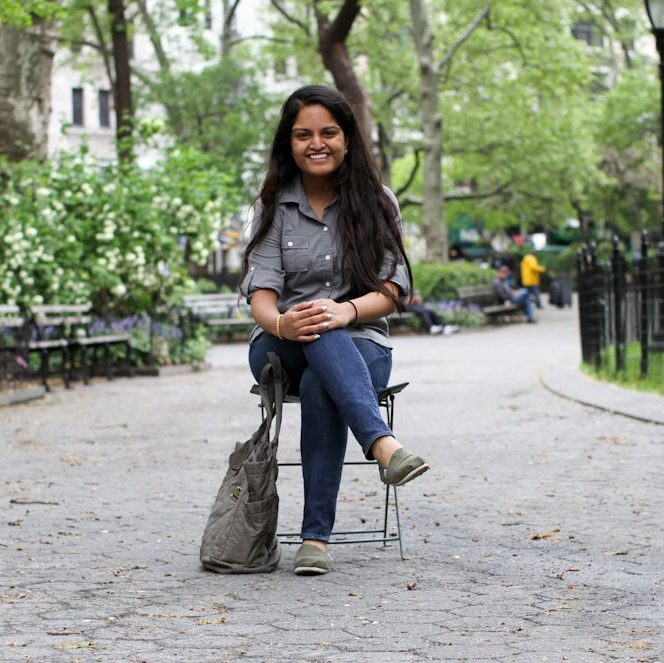This piece was originally published at Aspiring Docs Diaries on July 24, 2017.
When I walked into my academic advisor’s office on the first day of college in 2010, I had in my hand a four-year plan. That’s what I called it. Meticulously listed out was every course I planned to take for the next four years, and how this path – and no other – would be the one that would eventually lead to medical school. I remember seeing her jaw visibly drop an inch or so. “We’ll work with this,” she said.
In reality, my college experience barely reflected the notes I had scribbled onto every corner of that sheet. I traveled to South Africa as a freshman, and learned about the complexities of that nation’s HIV epidemic. My interest peaked, pushing me towards a public health and policy minor. A Google search led me to FACE AIDS, a national movement of students who championed HIV activism on their campuses. Instead of checking off boxes on a list I’d written before college even began, I grew into what my experiences would be. I allowed myself to learn, reflect, and mold my understanding of the world and my place in it, as the years went on.
And then suddenly, during my senior year of college, a strange reality settled in. I’d applied but didn’t make it into medical school. Without much conscious thought, my mind would return to that day, walking into my advisor’s office with a plan. I’ve lost count of how many times I asked myself, “if I had just followed the plan, could I have avoided this?” In those moments, I’m embarrassed to admit that I didn’t care much about the incredible experiences I had had over the past few years. I didn’t think about how much stepping outside of my comfort zone and learning about how those who are completely unlike me had strengthened my resolve to become a physician. All I could think about was that the numbers didn’t quite add up. I didn’t score high enough or work hard enough to get to my destination.
Over the next year, I worked tirelessly to improve my competitiveness for medical school through graduate level course work and re-taking the MCAT. When I applied for a second time last summer, I remember thinking to myself, “Here you go, this is who I am. I hope this is good enough.” I could never have predicted what the result would be. I received more interview invitations than I thought could be possible. Every conversation at every medical school focused on those amazing experiences that I had neglected to fully value over the past year. They were an integral part of my personal growth, and I finally realized how they will help me become the doctor I have envisioned.
So, here I am today. I am extremely fortunate and ecstatic that I will be attending medical school in the fall. Getting accepted was the happiest, most validating, lightest moment of life. Here I am again, but instead of making a four-year plan and trying to plan out every detail of my forthcoming experiences, I feel myself focusing on the destination, of what will I get out of medical school, and where it will take me. This time I know better. I consciously recognize that some of the most important and life-changing opportunities that will come my way will result from keeping an open mind, being excited about my career, and building a path for myself one step at a time. If the past is an indication, I’ll be better off for it.









